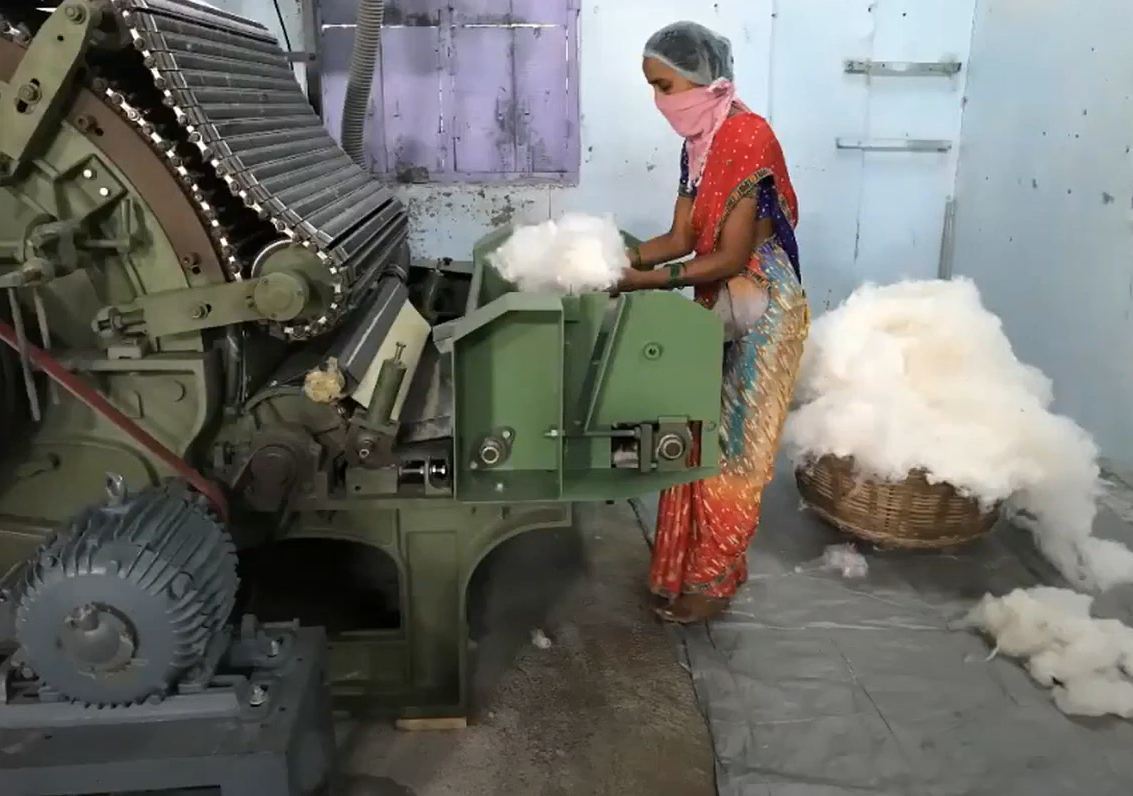
Environment, Ecology, Compliance
Gandhian Science in the Indian Cotton Textile Industry
Uzramma
Issue 08,Summer 2021
Issue #008, 2021 ISSN: 2581- 9410
I will share my thoughts on the relevance of Gandhian Science in the Indian Cotton Textile Industry and I would like us to consider why it was that Gandhi chose the spinning of cotton yarn as the vehicle of swaraj
Could anyone meeting Gandhi in say 1893 in South Africa, when he was a London trained barrister dressed in Western dress, representing a prosperous merchant in a civil court case, could such a person ever have thought that Gandhi would one day not only change his attire to become what the Prime Minister of Britain Winston Churchill sarcastically called a ‘half-naked fakir’ but be able to put his finger on the crucial issue of village India’s poverty? How did this middle-class urban person from a prosperous Kathiawadi family take up the cause of a simple wooden gadget on which cotton yarn was spun? Which, by the way he only saw for the first time in Bijapur village in Gujarat in 1917, when he was already 48 years old?
But with his sharp insight into Indian village life Gandhi was quick to figure out that cotton yarn spinning as part of the making of cotton cloth was the key to the self-sufficiency of the Indian village, since it employed literally millions of people and was one in which no other country could match India’s strength.
This is what he writes in his weekly paper Harijan in 1940:
‘The spinning wheel represents to me’ he writes ‘the hope of the masses. The masses lost their fre...
This is a preview. To access all the essays on the Global InCH Journal a modest subscription cost is being levied to cover costs of hosting, editing, peer reviewing etc. To subscribe, Click Here.



